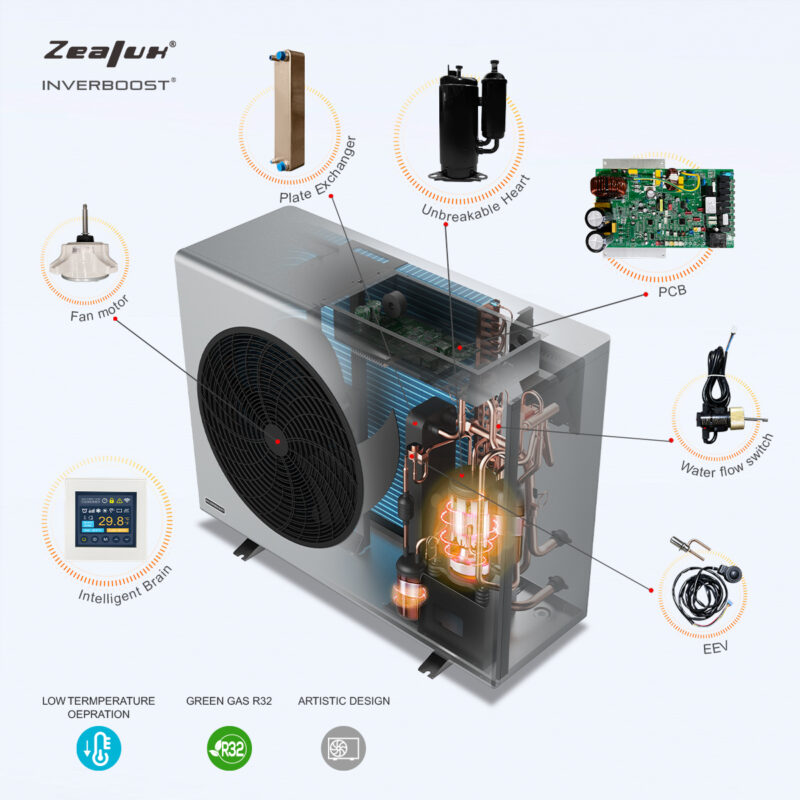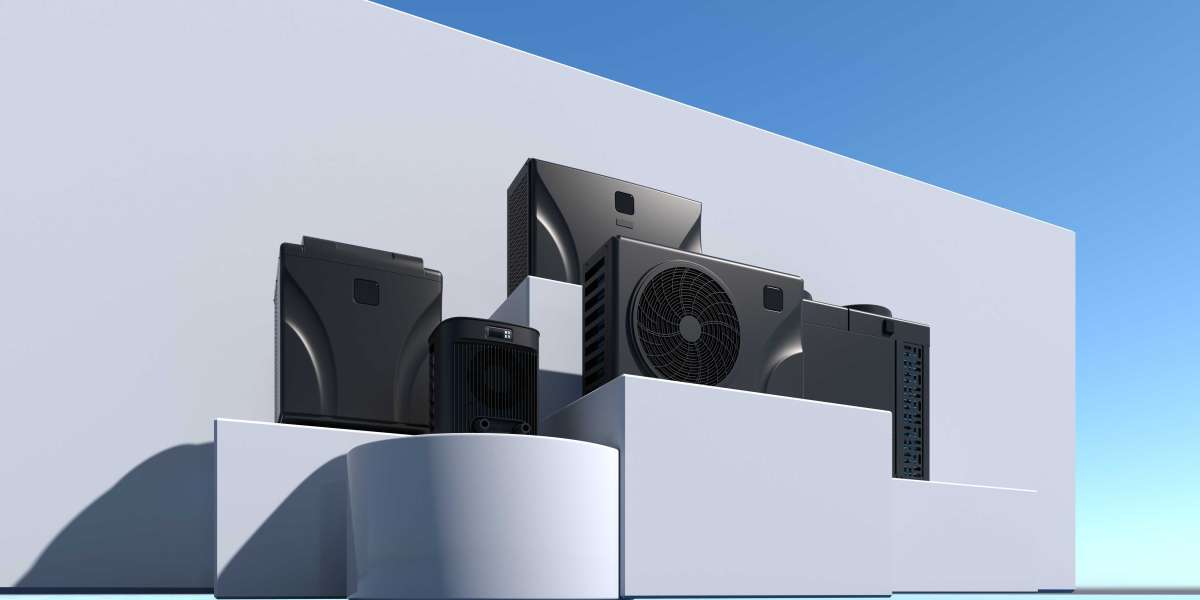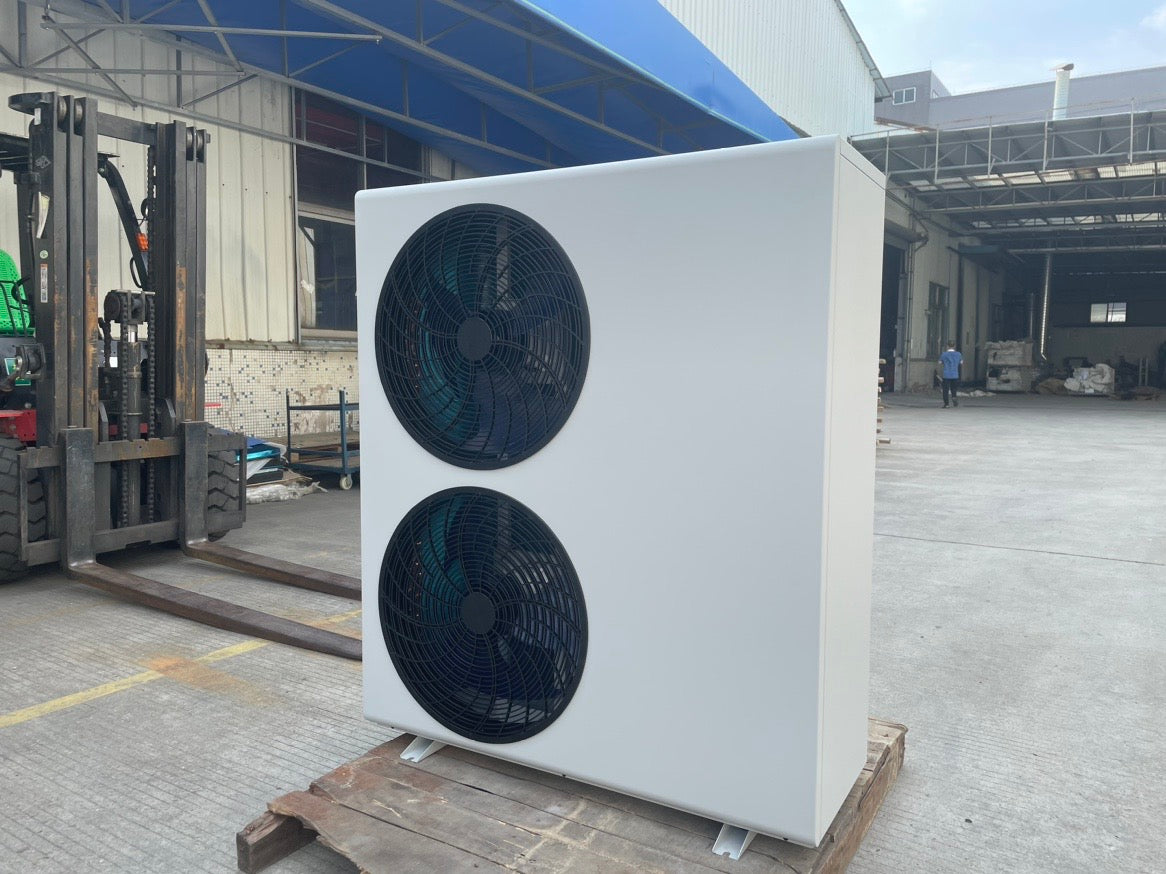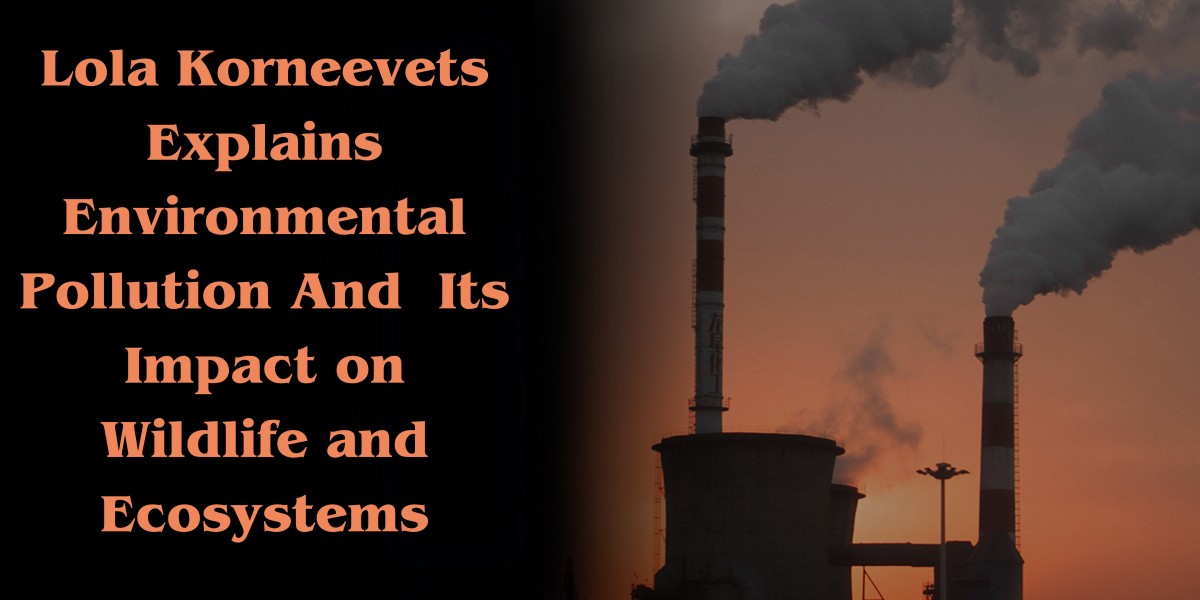Much as air source heat pumps are wonderful, nothing is perfect. As we know, air source heating systems come in two formats, the Air-to-water heating system and the air-to-air heating system. Both have their disadvantages.
Air to Water and Air to Air – Heat Pump Disadvantages
COST
Unfortunately, the upfront cost is probably the main air source heat pumps disadvantage. Most people just don’t have, or feel able to pay the larger upfront costs.
Air source heating cost is largely dominated by the cost of air source heat pump installation. Because renewable technology is still a fairly new industry, less people know how to do it compared to their fossil fuel alternatives.
However, we would still argue that overall air source heat pumps do work out cheaper. The fact is, when thinking how much does an air source heat pump cost in total, you just need to wait a few years to recoup your investment.
HEAT
A key drawback of air source heat pumps is that they simply don’t provide the same level of heat that some homeowners have grown to expect. Although this sounds bad, it simply means this is a heating system that is best suited to underfloor heating and radiators.
Because of that, often larger radiators are required, which is an additional cost at installation that has to be factored in.
Although the overall temperatures are lower, they are consistent. That means that provided your home is well insulated, you will enjoy warm, comfortable temperatures at all times (rather than the peaks and troughs that traditional gas boilers can incur).
Note: Air to air heating system heat pumps cannot be paired with underfloor heating, which might be a priority for sustaining temperatures properly.
COLD WEATHER EFFICIENCY
Air source heat pump problems in cold weather include less efficiency and lower heat supply. When temperatures drop below zero, air source heat pumps have to work harder and so aren’t as cost effective as during the summer. Arguably you could say the same for gas boilers too! Actually air source heat pumps are able to generate heat from air temperatures as low as -15 Degrees Celsius.
This slow and steady approach ends up being more cost effective than constantly firing up the heating as we’ve grown used to doing. That said, for homes that are already connected to a main supply of gas for lower prices, you may find it cheaper to remain with that.
INSULATION
Insulation is essential with an air source heat pump, so you’re ensuring that every kW of heat generated is used to the maximum. Insulation is an additional cost to factor in if you don’t have enough.if you don't know about this,we recommend Heat Pump Manufacturer or service provider.
NOISE
Another pitfall to the air to water heat pump manufacturer is the noise it makes, which is much like an air conditioning unit. Most people find that by placing the ASHP as far away from quiet zones of the house (such as bedrooms) it simply doesn’t bother them, but if you’re noise sensitive, it may be an annoyance. Luckily, manufacturers are getting better all the time, so newer models are quieter than ever, some making almost no noise at all.
ELECTRICITY
Because the pumps do require some electricity to run, you can’t go completely off-grid (unless you generate electricity using another method of renewable energy such as solar PV.
You can of course opt to get your electricity from the many energy providers giving 100% renewable electricity to customers

 " class="wow_main_float_head_img">
" class="wow_main_float_head_img">
 Heat Pump Manufacturer
Heat Pump Manufacturer





